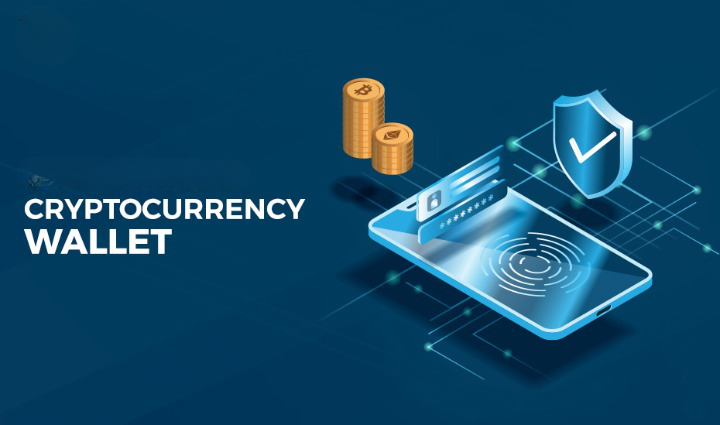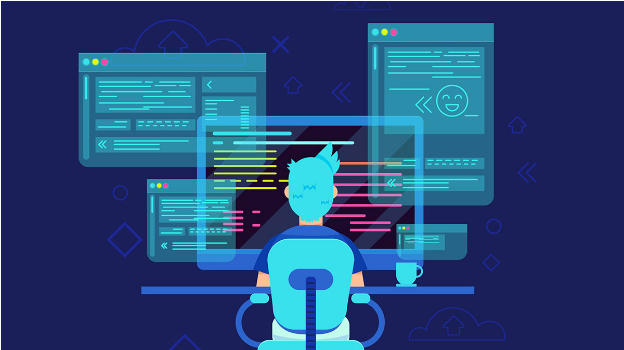
Cloud-native applications have revolutionized the way businesses develop, deploy, and scale their software. Leveraging the flexibility and scalability of cloud infrastructure, these applications offer numerous benefits.
However, their dynamic nature and distributed architecture introduce new security challenges. This article aims to explore the considerations and best practices for securing cloud-native applications. We will delve into the essential steps you should take to mitigate risks, protect sensitive data, and ensure the resilience of your deployments.
By following these guidelines, you can build robust and secure cloud-native applications that meet the highest standards of security.
Understanding Cloud-Native Applications
To secure cloud-native applications effectively, it is crucial to understand their underlying architecture. Cloud-native applications are built using microservices and containers, and they leverage cloud technologies for scalability, resilience, and agility. Microservices enable developers to break down applications into smaller, independent components, while containers provide isolated and portable runtime environments. These applications often rely on orchestration platforms like Kubernetes to manage and scale the containerized components.
Assessing Security Risks
Before implementing security measures, it is vital to identify potential risks. Threat modeling is a valuable technique for assessing security risks in cloud-native applications. Consider potential attack vectors, such as insecure APIs, container vulnerabilities, insufficient access controls, and data breaches. Conduct regular vulnerability assessments and penetration testing to identify and address potential weaknesses in your applications and infrastructure.
Implementing Security Controls
Secure Software Development Lifecycle (SDLC): Incorporate security practices at each stage of the SDLC, including secure coding, code reviews, and static code analysis. Embrace DevSecOps principles to automate security testing and ensure security is an integral part of the development process.
Container Security: Apply best practices for securing containers, such as using trusted base images, regularly patching containers, restricting container privileges, and utilizing container security tools.
Identity and Access Management (IAM): Implement robust IAM controls to manage user access, authenticate and authorize users, and enforce strong password policies. Leverage multi-factor authentication and role-based access control (RBAC) to minimize the risk of unauthorized access.
Network Security: Isolate workloads using network policies and segmentation. Encrypt data in transit using secure protocols such as HTTPS. Utilize firewalls, intrusion detection systems (IDS), and distributed denial-of-service (DDoS) protection mechanisms to safeguard against network-based attacks.
Logging, Monitoring, and Incident Response: Enable comprehensive logging and monitoring to detect and respond to security incidents effectively. Implement automated alerting systems and employ SIEM (Security Information and Event Management) solutions to centralize security event logs.
Data Protection and Privacy
Encryption: Utilize encryption mechanisms to protect sensitive data at rest and in transit. Employ strong encryption algorithms and manage encryption keys securely.
Data Minimization: Minimize the collection, storage, and processing of personal and sensitive data. Only retain data necessary for business purposes, and ensure proper anonymization or pseudonymization techniques are applied where applicable.
Compliance: Understand and adhere to relevant data protection regulations, such as GDPR or CCPA. Regularly audit and assess your application and infrastructure to ensure compliance.
Conclusion
Securing cloud-native applications is paramount to protect sensitive data and maintain business continuity. By understanding the unique architecture of cloud-native applications and assessing potential risks, you can implement the right security controls.
These include secure SDLC practices, container security measures, robust IAM controls, network security mechanisms, and comprehensive logging and monitoring. Additionally, prioritizing data protection and privacy through encryption, data minimization, and compliance with relevant regulations will further enhance your application's security posture.
Remember, security is an ongoing process, and it requires regular updates, assessments, and adaptation to evolving threats. By following the best practices outlined in this article, you can establish a solid foundation for securing your cloud-native applications and ensure they remain resilient in the face of emerging security challenges.





